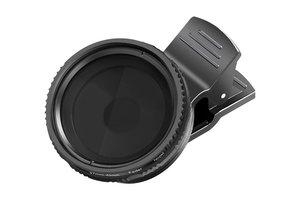What are “things you shouldn’t shoot” with your smartphone camera?

When it comes to new smartphone products, the performance around the camera is always a hot topic. Compared to the models of five or six years ago, the latest models have a different lens brightness and image sensor size, and now have performance comparable to compact digital cameras. On the contrary, it may be a few steps ahead on the software side, such as AI functions and image processing. [Image] ND filters for smartphones Did you know that there are certain things that cannot be photographed with such a “smartphone camera”? If you take a picture carelessly, there is a risk of malfunction, and it may be irreversible. Why not just take pictures without submerging it in water or giving it a physical shock? There, one side of the smartphone camera function as a digital camera can be seen and hidden. The thing that should not be photographed is... the sun. If the sun or a bright light source close to it continues to hit the same spot on the image sensor, that spot will deteriorate and become less sensitive to light, a phenomenon known as "sensor burnout." Even with the camera function of a smartphone, the basic mechanism is the same as that of an independent digital camera. If you point the lens directly at the sun without any dimming measures, the image sensor will still be adversely affected. You may not have many opportunities to photograph the sun directly, but be careful during a solar eclipse. Both total and partial solar eclipses can cause sensor burnout. If you really want to take pictures, attach a filter for adjusting the amount of light (ND filter).
Marine Shinobi
